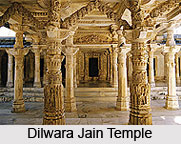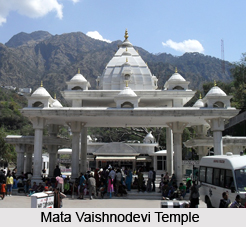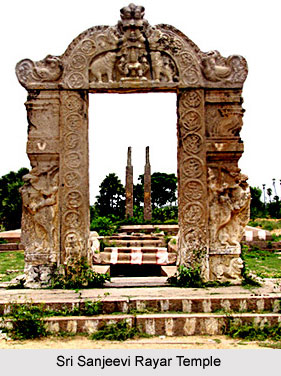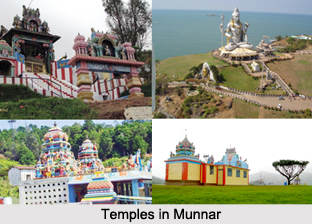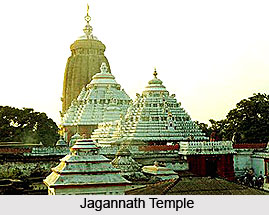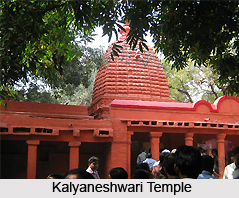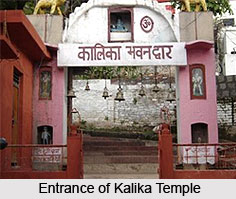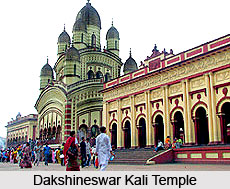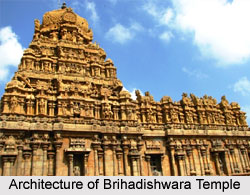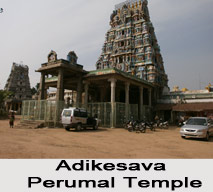 The legendary temple of Sri Adikesava Perumal in Kuram is built during the period of the Pallavas. Hence the architectural style, which adorn the entire shrine reflect the essence of the Pallava art. The sanctum for Goddess Lakshmi, enshrined in this temple-complex is referred to as Pankajavalli Thayar. The beautiful shrine dedicated to the goddess Pankajavalli Thayar is east facing and is situated to the right of the principal sanctum. To the left is erected a shrine dedicated to Sri Andal. The images of the deities bear the evidence of the exquisite Pallava art. The image of goddess Pankajavalli Thayar is unique as She is seen holding a lotus in Her left hand while in all other temples she is depicted as holding this flower in her right hand. This image of the goddess also points to the exceptional ideas of the Pallava architects.
The legendary temple of Sri Adikesava Perumal in Kuram is built during the period of the Pallavas. Hence the architectural style, which adorn the entire shrine reflect the essence of the Pallava art. The sanctum for Goddess Lakshmi, enshrined in this temple-complex is referred to as Pankajavalli Thayar. The beautiful shrine dedicated to the goddess Pankajavalli Thayar is east facing and is situated to the right of the principal sanctum. To the left is erected a shrine dedicated to Sri Andal. The images of the deities bear the evidence of the exquisite Pallava art. The image of goddess Pankajavalli Thayar is unique as She is seen holding a lotus in Her left hand while in all other temples she is depicted as holding this flower in her right hand. This image of the goddess also points to the exceptional ideas of the Pallava architects.
A separate large shrine, facing to the east enshrining the images of famous Srivaishnava preceptor (Acharya) Sri Kurattazhvan who was born in this village in the 11th century AD. The architectural excellence of the contemporary artists is also exhibited from the image of the Lord. In the sanctum at Kuram, the main idol of Kurattazhvan is made up of stone, which is extremely charming. He is seen seated with his right hand in the posture of abhaya hasta and left hand resting on his lap. The utsava murti of this preceptor is placed in the same way. The images of Lord Rama, Sita, Lakshmana and Hanuman are worshipped by Kuresha, are also seen in this shrine. The pillared mandapa in front of this sanctum has a number of sculptures of different forms displaying different incarnations of Vishnu, which are extremely enchanting. As the historical researches have revealed these architectural trappings can be dated to the Vijayanagara time of approximately the 15th -16th centuries A.D. when the architectural expansion of this temple took place. In this mandapa are seen a row of smaller sanctums of exquisite design. In these smaller sanctum is enshrined the deities like Vishvaksena, Nammazhvar, Tirumangai Azhvar, Udaiyavar (Ramanuja), Parasara Bhatta (son of Kurattazhvan) and many others. The other shrines in the temple courtyard are for Chakrattazhvar or Sudarsana, situated opposite the Kurattazhvan sannidhi and one for Vira Anjaneya are also the best specimen of the architecture and sculpture which was in vogue in Pallava era.












